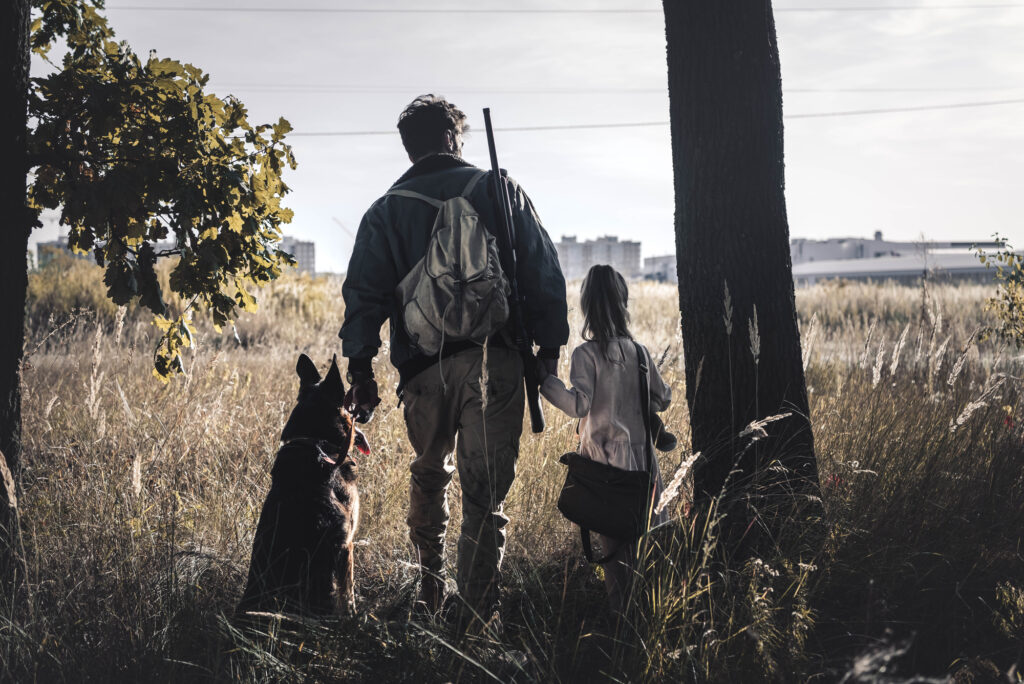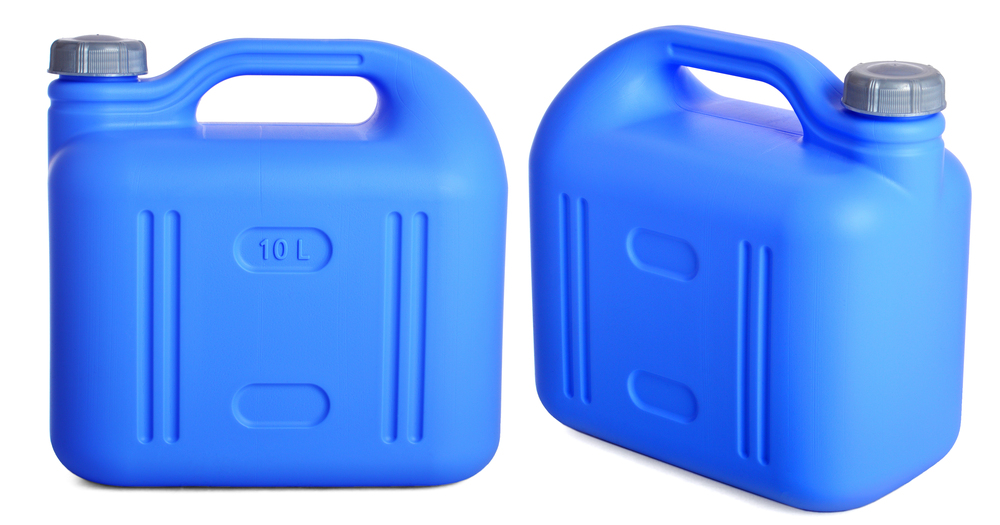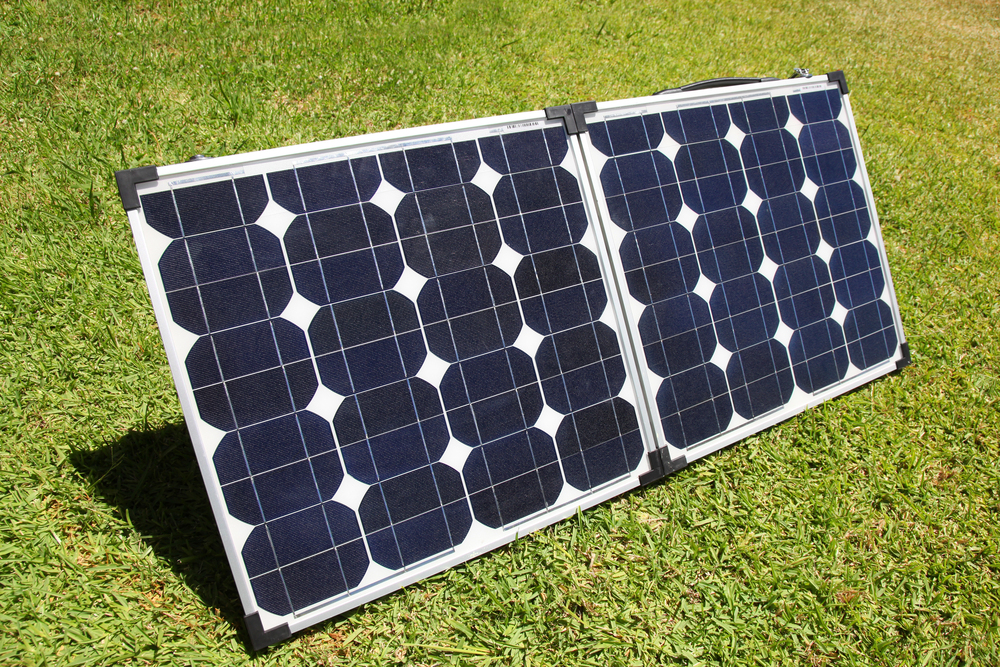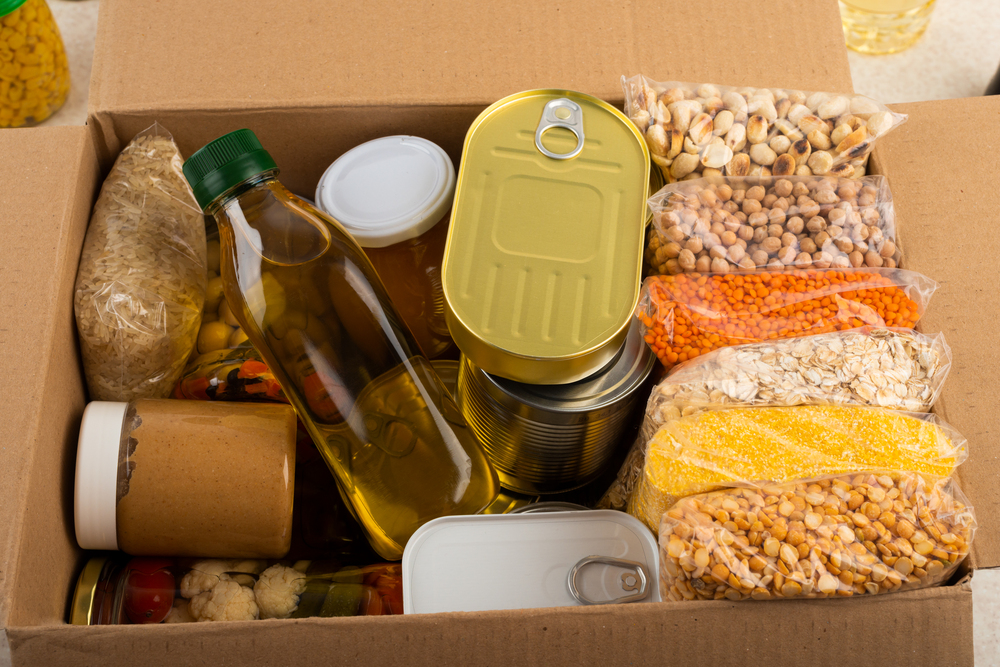“Wait,” you’re saying…”It’s not bad enough that we’re having to evacuate, and flee for our lives…our poor kids have to carry their own bug-out bag? Why do we need a bug-out bag for kids? Can’t we just carry everything for them?”
Sorry, no. If you are being forced to bug out and leave the safety of your home, that means things have gotten really bad. A wildfire is coming for your house, or hungry mobs are approaching, or an earthquake has destroyed your dwelling, or zombies are approaching. (I know, I know, it’s always zombies with me.)
If you’re bugging out with family, you may be gone for days, you may be gone for weeks, or it might be forever. While you are traveling, there may not be food along the way, or at your destination. Your car could stop working, or the roads could get so crowded you have to abandon your car, and you may have to walk for miles.
In a situation like that, you may not have access to a grocery store, or anywhere that you can buy food and water and first aid supplies, for days or longer.
This means that every single person in your family who can walk, needs to be carrying some supplies. You need food and water to survive. A child-sized bugout bag including a filled water bottle, and water filtration supplies, and a box of granola bars, and a box of dehydrated food, can keep them going for several days. If they are, heaven forbid, separated from you, this could literally be what keeps them alive. If you all are still together, the water and nutrition could buy you days, or a week or two, depending on how much they can carry, to give you time to get to a place with food supplies and shelter.
Zombies are coming, so bring your own snacks!

“But won’t my child get tired out faster carrying a bug-out bag?” Only if they’re not in good physical shape.
You, and every family member who is old enough to walk, should be fit enough to walk several miles, minimum, carrying an appropriately-sized bug-out bag. If you’re not, the time to start getting fit by taking your family on hikes and doing cardio either at the gym or wherever you prefer, is – you guessed it – right now. When you hike, start with a light backpack with the necessary amount of supplies, and work your way up to longer trips with heavier back-packs.
If hiking is absolutely not an option, then make sure everyone is doing a sport or going to the gym and working on their cardio. Dance classes can also be a workout, but not if they’re only done once a week.
Sorry, in the apocalypse, physical fitness is not optional.
So, what should you include in your child’s bug out bag?
Bug-Out Bag For Kids Checklist
This will depend on each child’s age and size and physical fitness level, so adjust accordingly and have personalized bags packed for each child. Ideally, they will not be a bright, flashy, attention getting color. Camo, dull gray, dull blue, are all good, low-key options. If you’re in a desperate crowd, you don’t want to stand out in any way.
Also, put as many of these items as possible in large zip-lock bags in case they get wet.
1. Water, and water purification
One canteen filled with water, and a Lifestraw water filtration straw so they could drink out of puddles or streams if necessary, and water purification tablets because Lifestraws can break. Humans can only survive a maximum of three days without water. Also include packets of pedialyte powder.
2. Lightweight, nutritious food
Ideally, most or all of this food should not require cooking. Granola, granola bars, trail mix, beef jerky, fruit leathers, bag of cheerios, dehydrated fruit, dehydrated food in ziplock bags if you have access to water and cooking equipment, packets of peanut butter and jelly, are all good choices.
3. First Aid Kit
Every person with you should carry a first aid kit. Your child’s first-aid kit can be smaller but should contain essentials like bandaids, antiseptic wipes, children’s aspirin, a compress bandage, tweezers, adhesive cloth tape, and gauze.
4. Clothing
One extra pair of socks, because getting blisters during an emergency situation can be not just painful, but could turn into a deadly infection. Socks should be rotated daily and the dirty socks washed and aired out. If you’re sleeping in the woods, you can clip them to your backpack in case you need to get up and go fast. One set of weather-appropriate clothing. One lightweight rain poncho.
5. Caribiners
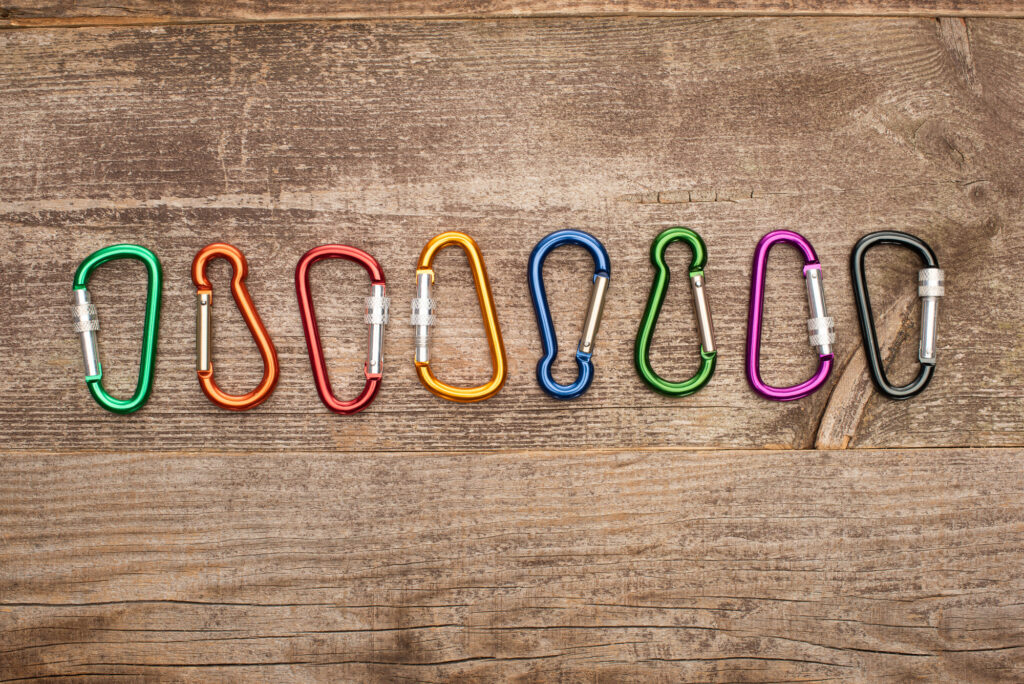
They are super light, and they can be used to hang clothing from so it can dry, or to help string up a tent. They can be clipped to the outside of a backpack.
6. Personal Hygiene Items
Travel-sized toiletries like toothpaste, toothbrush, soap, packets of sanitary wipes, a flattened roll of toilet paper with the tube removed so it takes up less space.
7. Comfort Items
Food, water, first aid items and clothes come first, but if your child is able to carry more items, having a pack of cards or small travel-sized game, a favorite stuffed animal, and a couple of paperback books, will help keep them entertained in a stressful situation when TV and video games likely won’t be available.
8. Important Documents and Contact Information
Your child should have copies of important documents such as identification cards, medical records, and emergency contact information in a waterproof container. If you’re in a mob situation and your child gets separated from you, or if you’re at work and your child has to grab their bug-out bag and evacuate, this could be the key to reuniting with them, or having them reunite with family members. Explain to the child what these documents are.
9. Safety and Survival Gear
Depending on your child’s age and training, consider including basic survival gear such as a multipurpose tool, a small pocket knife (if age-appropriate and legal), a map, and a compass. Also include a small, light-weight can opener. If your child knows how to fish, some fishing hooks and fishing line, in a small but sturdy plastic box, will be very lightweight and they could make their own fishing pole in a pinch.
10. Training and Practice
Finally, packing a kid’s bug-out bag is no good if the children don’t know how to use the contents. Show them each item in the bag, explain what it’s for, and if it’s something like a compass or multi-tool, practice using it with them until they are comfortable. You won’t have time to train them when you’re bugging out in the middle of an emergency, and if they’re separated from you and have a bag full of stuff they don’t know how to use, it’s a bag full of dead weight rather than survival supplies.

